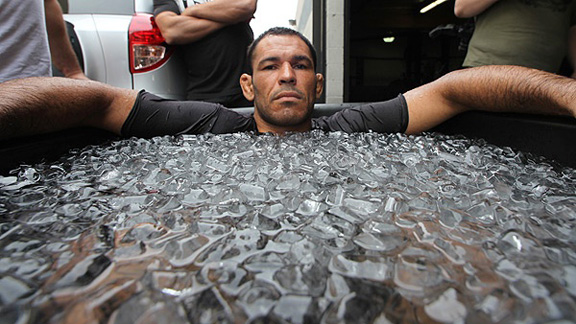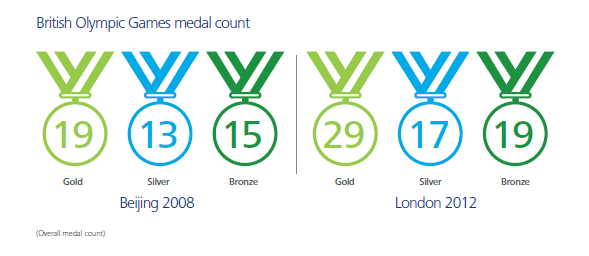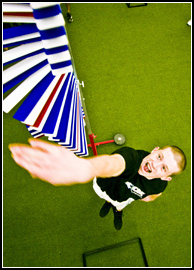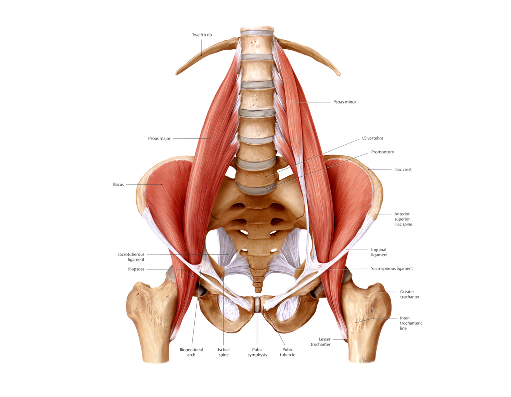Effects of whole-body cryostimulation exposure in sport and medicine
- Written by Christophe Hausswirth, France (@HausswirthC)
Article orginally published on Aspetar.com
Elite athletes often train intensitively or compete over consecutive days. Cumulative fatigue over such periods of training or competition can reduce athletic performance. Adequate recovery between training sessions and/or competitive events is therefore essential to minimise the risk of fatigue and optimise performance. In this context, the use of whole-body cryotherapy (WBC) as a tool to aid recovery shows benefits on some inflammatory parameters, possible improvement of antioxidant status and improvements in mood and mild depression. Heating the body is supposed to be beneficial to athletes' recovery, to treat muscle pain and as part of rehabilitation after injury. It has been already demonstrated that WBC stimulates the physiological reactions of an organism which results in analgesic, anti-swelling, antalgic immune and circulatory system reactions and could improve recovery after muscular trauma injury. Definition is needed as to the precise context in which athletes may use this tool to optimise recovery in relation to improving sleep patterns, optimising the parasympathetic system and increasing their general well-being.
INTRODUCTION
Exercise-related stress is often increased due to environmental conditions, particularly those relating to temperature changes. For every sporting activity there is an ideal ambient temperature. Any deviation from this reference temperature will have a negative impact on performance.
Indeed, physical activity in a warm or cold atmosphere means that the body and the mechanisms involved in temperature regulation have to work harder. Although very effective, these thermoregulatory mechanisms may not be able to cope with extreme conditions.
They do, however, allow the body to adapt during chronic exposure. Artificial cooling of ambient temperature is an evolving technique, both to prepare athletes for competitions in difficult conditions and to improve the body’s recovery capacity.
HISTORICAL BACKGROUND FOR WHOLE-BODY CRYOSTIMULATION
The first very low temperature cold rooms appeared in Japan in 1989, when Yamauchi used a cryogenic chamber to treat rheumatism. The indications for WBC were subsequently extended to various inflammatory conditions. WBC was then offered to treat pain and prevent post-traumatic oedema, with exposure limited to to 2 to 3 minutes.
One of the most well-established physiological responses to cold exposure is triggered by the decrease in skin temperature, promptly stimulating cutaneous receptors and their sensory afferents to excite sympathetic adrenergic fibres, in turn causing the constriction of local arterioles and venules. The resulting decrease in blood flow to the periphery or injured/inflammed tissues reduces local metabolic processes, thereby attenuating the inflammatory response and the formation of oedema around the injured tissues1.
Reported reasons for using WBC include decreased joint pain and disorders, improved general well-being, decreased fatigue perception2 and reduced symptoms of psychiatric disorders such as anxiety and depression3. WBC is also extensively used in self-treatment or body hardening against respiratory tract infections and musculoskeletal pain4, as well as parasympathetic reactivation after intensive exercise5.
Continue to read this article by clicking HERE.
Register TODAY for the 2015 BSMPG Summer Seminar before seats fill up.















